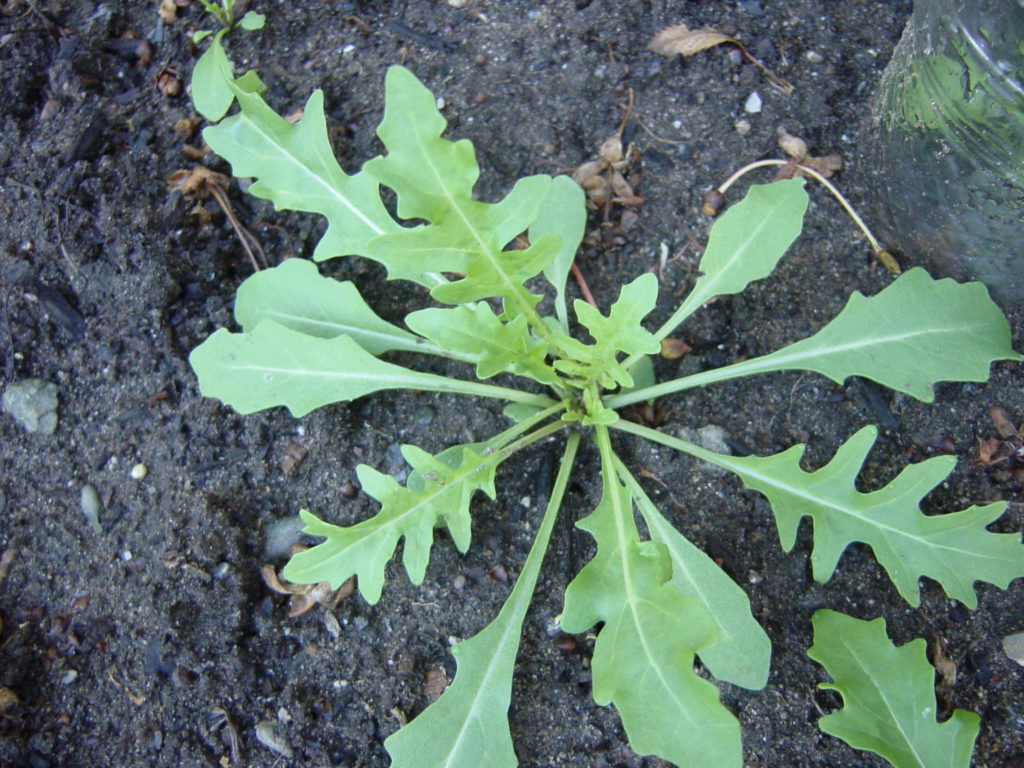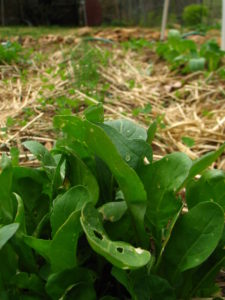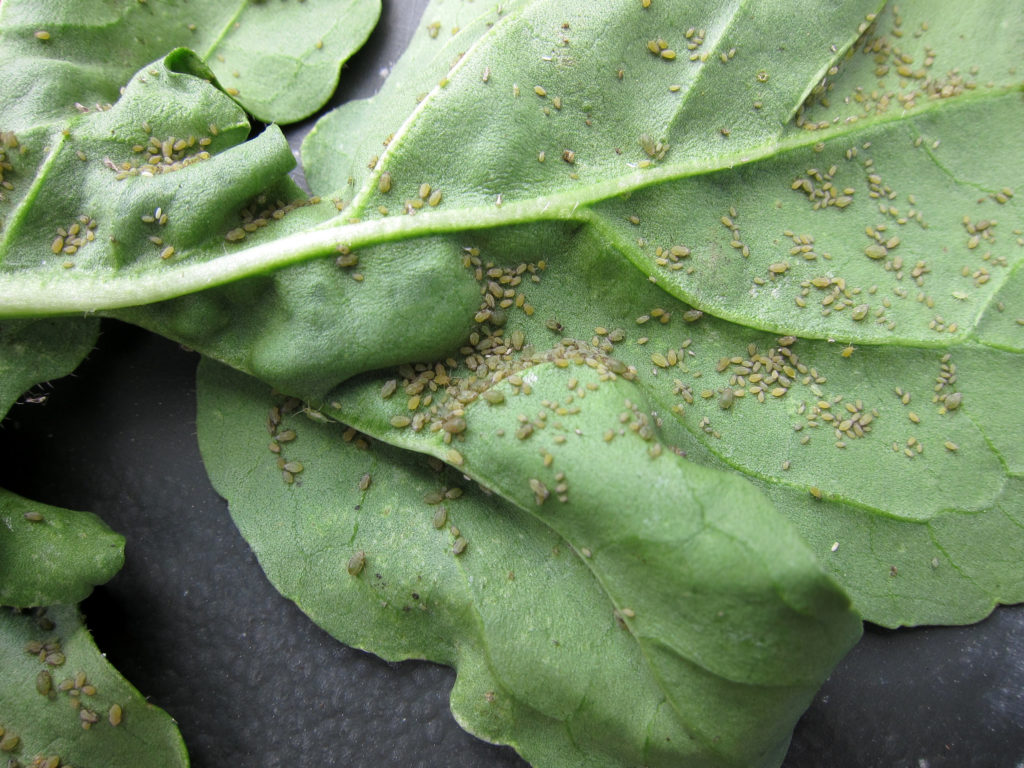Arugula is a nutrient-rich herb that goes great in your salads, soups, omelets, sandwiches, pizza, and mixed green dishes. Arugula has a tangy mustard-like flavor that is packed with vitamin A, C, and K. Another name for arugula is roquette – which is what the French call it. Arugula is part of the Brassicaceae family and is related to broccoli, cabbage, and kale. Arugula is also often found in mesclun seed mixes from arugula suppliers or mesclun green mixes at your grocery store.
How To Plant Arugula
Begin planting in early Spring or early Autumn. Arugula is a faster grower and is harvestable within 6-8 weeks after germination. As with many plants, arugula prefers nutrient-dense well drained soil. It also prefers a slightly acidic soil with a pH of 6.0 to 7.0. For optimal growth, plant arugula in an area with full sun; partial sun is not ideal for growing arugula. Sow your seeds a quarter inch deep, 1 inch apart and 10 inches between rows. If you’re in a rush you could presoak your arugula seeds for a few hours before planting.
After the seeds sprout, thin the seedlings so they are 6 inches apart. Arugula is prone to “bolting.” Bolting is when a plant produces flowers before foliage. If arugula bolts to the flower stage, there will be minimal foliage to harvest. Keep your soil moist, especially during hot months. For a continuous harvest, you can continue to plant arugula every 3 weeks throughout the season. A diluted liquid and well-balanced fertilizer are arugulas best friend.

When To Harvest Arugula

Arugula is always best enjoyed fresh, so the younger the leaves the better. Harvest times comes when the leaves are roughly 2-3 inches in length. You can either trim the leaves you need or pull the entire plant if you’re making a large dish. Arugula also grows white flowers which are edible!
While storing arugula, moisture is the enemy. Make sure your arugula is kept dry in the refrigerator and loosely packed to avoid condensation buildup. I recommend wrapping the arugula in a paper towel then placing them into an unsealed plastic bag. Sadly, there are no long-term storage options for arugula as it will completely lose its flavor.
Arugula Pest and Diseases
The most common and destructive pests are flea beetles. Mature flea beetles will eat through all your arugula and their larvae will chow down on your plants root system. Utilizing neem oil or pyrethrin spray should repel and kill off flea beetles.
As with most herbs or vegetables, aphids are a constant problem. All kinds of aphids are drawn to arugula. To prevent or control an aphid infestation, utilize neem oil or an insecticidal soap.
Green caterpillars called cabbage loopers will consume all the fresh leafy greens your arugula produces. If you see any caterpillars, it is a good idea to flick them off or utilize a BT based pesticide.
Downy mildew is characterized by yellowish dust on the arugula leaves. This fungus will cause yellow spotting and create a greyish mold. Using a copper-based fungicide should help prevent the growth of downy mildew.
Bacterial leaf spot is another common disease that afflicts arugula. Warm temperatures and high humidity often bring bacterial leaf spot. Pruning away any infected leaves or utilizing copper-based fungicides should help get bacterial leaf spot under control.
White rust is a fungus that causes blistering on the undersides of arugula leaves. Small yellowish green blisters are typical signs of white rust. Unfortunately, if white rust grips your arugula plant, you will need to pull and throw out the entire plant and rotate your crops. Be sure to destroy all crop residue or risk white rusk infecting the next crop you plant.

Planning Arugula in Your Garden
Arugula is the perfect crop to add to any garden, and it’s easy to plan your arugula garden with Garden Savvy’s Hortisketch. Planting arugula in Hortisketch is as easy as click-and-drag. Hortisketch already has all growing information and measurements planned into it, so it is super easy to get started. Start planting your arugula garden today!











